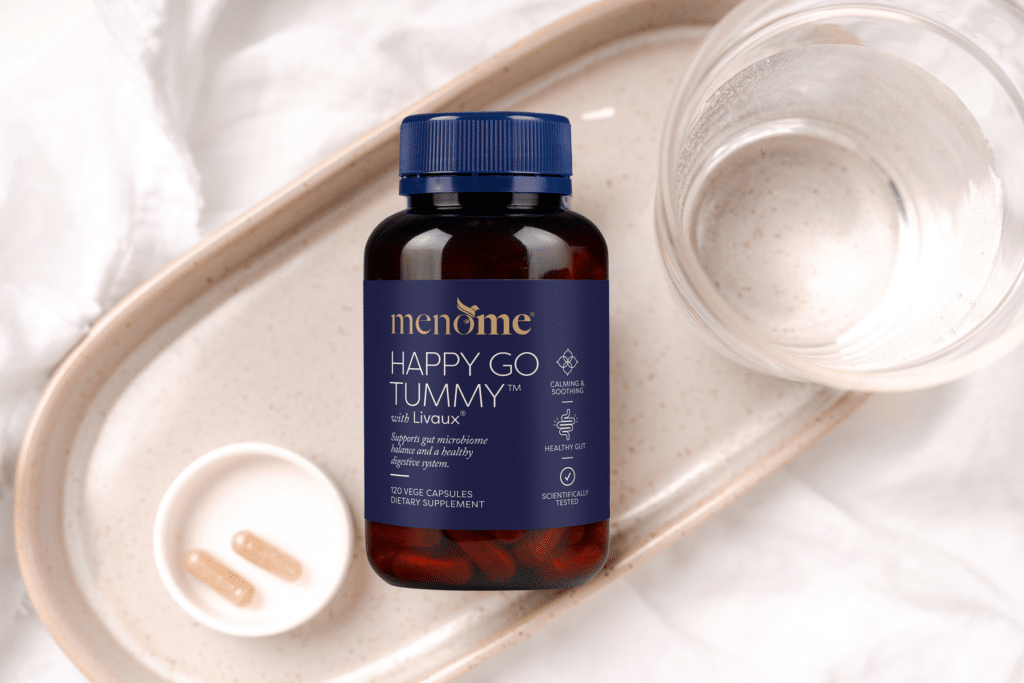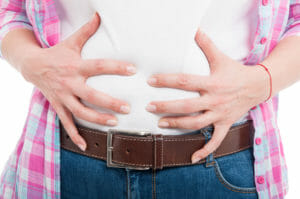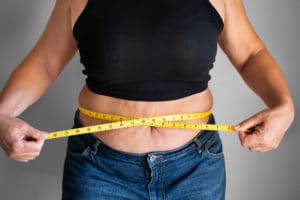What Is The Difference Between Prebiotics And Probiotics? | Are Both Helpful?

If you’re wondering about the difference between prebiotics and probiotics it’s a very good question, thank you for asking!
While the world of prebiotics and probiotics can get confusing, it’s actually quite simple. Or, at least, we’re going to simplify it for you.
But firstly, as many of you know, digestive or gut health is important. Indeed, it influences the amount of nutrients you get from your food and it can affect everything from your mood to your menopause.
What’s more, we can get embarrassing gut issues at menopause. And when digestive motility slows and stomach acid and digestive enzymes decrease it’s not always pretty. We get it, so we went back to the lab to see what we could come up with.
Did you know?
You have more bugs in your gut than you do cells in your body – literally, trillions. And the good guys in this ecosystem help you stay healthy.
They’re like an army of good soldiers dedicated to your your physical and mental health. And – we’re just discovering – support you through a better peri- and post-menopause.
Simply put:
- probiotics are good bacteria or flora that live in your gut
- prebiotics are food for probiotics
For your best health (and menopause) eating foods and taking supplements that contain both help balance the gut microbiome
Tip: the gut thrives on fibre so ensure you eat plenty of unprocessed plant foods – 5-10 serves a day.
Prebiotics, Probiotics & Menopause
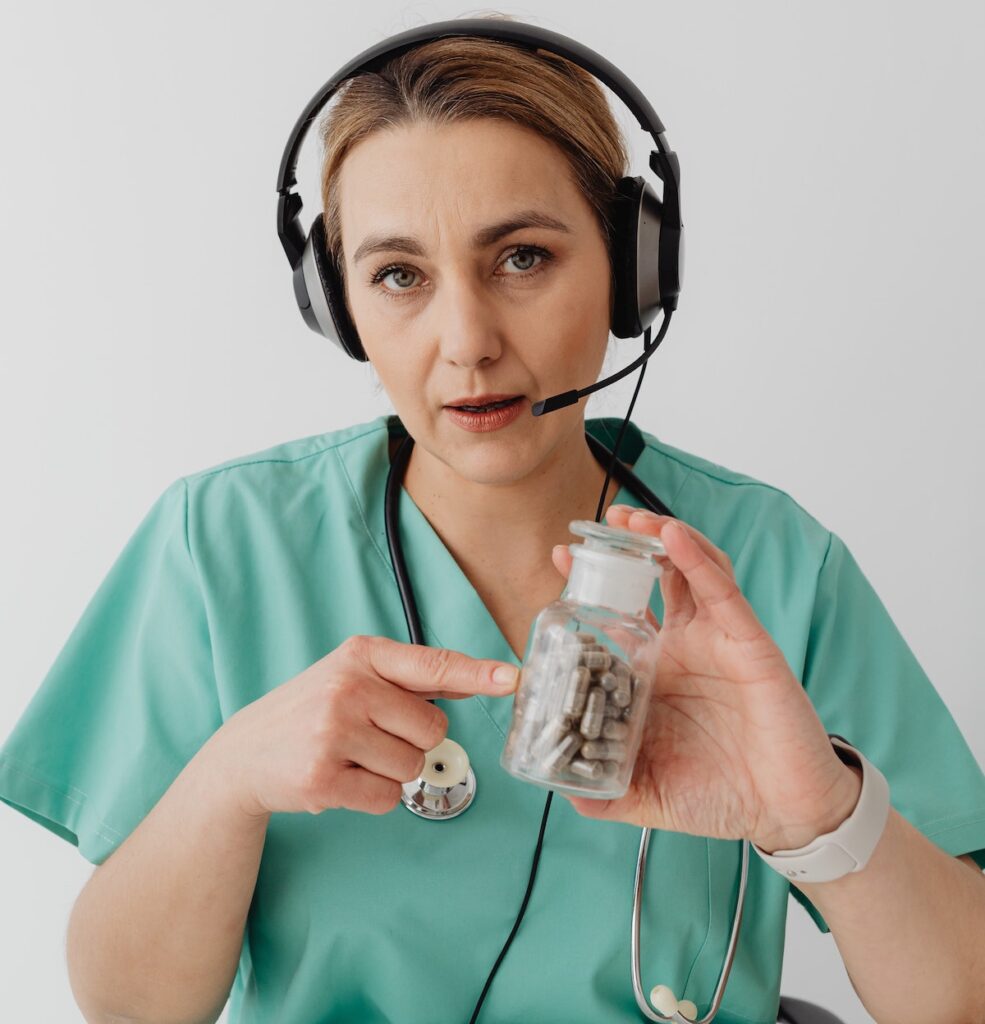
When we look at the impact of the bacteria that live in the gut known as the microbiome or gut flora, the gut-brain axis is
important. In fact, it has a very distinct part to play in your perimenopause and post-menopause experience.
Researchers at Arizona State University (ASU) found that changing hormone levels affected the bacteria residing in the gut, resulting in metabolic changes and also changes to brain function via the gut-brain axis(1).
In addition, it’s been postulated that gut health could play a role in the emotional and psychological signs and symptoms of menopause. Certainly, we now know the microbiome is one of the main regulators of circulating estrogen and there’s a specific group of bacteria known as the estrobolome that impacts this.
However, there is a lot more to learn as the science is still in its infancy2.
In light of this, not only can excellent digestive health promote overall wellness and a smoother menopause journey, it’s also feasible that a healthy gut may help to minimise some menopausal signs and symptoms.
Related: Menopause and Gut Health | Their Robust Pairing Is Vital For Your Midlife Journey
Prebiotics, Probiotics & Happy Go Tummy™
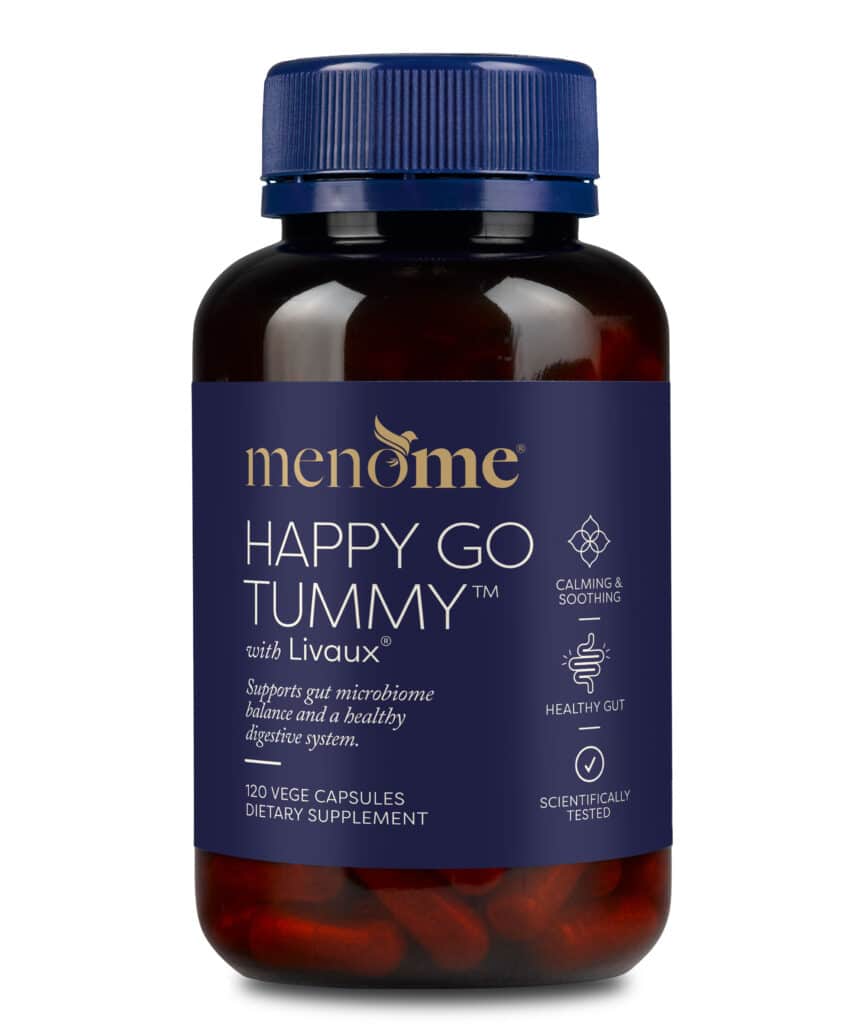
For this reason, we’ve formulated Happy Go Tummy™ to support you (and your diet) with digestive issues such as constipation and gas. Because the truth is, declining estrogen can affect motility and slow down the digestive process.
Happy Go Tummy™ is a combination of prebiotic and probiotic.
Let us explain the difference.
What is a probiotic?
Probiotics are live microorganisms or bacteria that live in the gut and keep it healthy.
We all have ‘good’ and ‘bad’ bacteria in our bodies and probiotics are good guys.
Indeed, they help balance the bad guys to keep the body in optimal health. They’re naturally found in fermented foods such as sauerkraut, yoghurt, tempeh, kefir, miso, natto, fermented cheese and even olives and gherkins.
Probiotics help with:
- Diarrhoea
- irritable bowel syndrome (IBS)
- inflammatory bowel disease (IBD)
- calcium and magnesium absorption
Probiotics MAY help with:
- Eczema
- Vaginal and urinary issues
- Obesity
What is a prebiotic?
Prebiotics are soluble fibre and they feed good gut bugs to keep them healthy and thriving.
As a food to feast on, they help populate the gut with good bacteria.
Furthermore, they’re broken down into short-chain fatty acids (SCFAs) which have been linked with multiple wellness benefits including decreased inflammation and better nutrient absorption.
Think of prebiotics as nourishment for probiotics or fertiliser for the soil they grow in. Prebiotics are naturally found in foods such as fruit, vegetables and whole grains.
Prebiotics help with:
- Irritable bowel syndrome (IBS)
- Digestion
- Nutrient absorption
- Supporting probiotic growth
Conclusion
Supporting a healthy gut microbiome is important in maintaining overall good health. Not to mention keeping you comfy and minimising things like stuck poop and fluffs (aka gas).
Additionally, research is emerging that the link between the gut-brain axis and healthy digestive bacteria may impact your peri and post-menopause experience also. Including the psychological aspects many of battle with (read: anxiety and mood swings).
However, we don’t know the entire story yet but more and more information is being discovered. But while we’re still learning, there’s an overall consensus that eating foods or taking supplements that provide both prebiotics and probiotics make for a happier and healthier time.
Happy Go Tummy™ combines award-winning Livaux® – a natural prebiotic derived entirely from non-GMO New Zealand gold kiwifruit, with a non-GMO probiotic isolated and cultured from New Zealand cheese*, to support a healthy gut microbiome, bowel regularity and overall digestive health. What’s more, it may also help support immune health, normal mood and general health and well-being. You can find out more here.
Mild side effects on first taking pre and probiotics may include gas, bloating, and itchiness but these should be short-lived. If problems persist, please see your medical professional.
Share with a friend
Sign up to our mailing list for the latest news and stories and receive a $5 discount code to redeem on your first purchase, plus receive a 3 step eBook on ways to support your body through menopause…
This site is protected by reCAPTCHA and the Google Privacy Policy and Terms of Service apply.
Related Articles
References:
- Arizona State University: Hormone and gut bacteria link may guide better treatment for menopause symptoms https://news.asu.edu/20220228-discoveries-hormone-and-gut-bacteria-link-may-guide-better-treatment-menopause-symptoms
- Quigley EM. Gut bacteria in health and disease. Gastroenterol Hepatol (N Y). 2013 Sep;9(9):560-9. PMID: 24729765; PMCID: PMC3983973.
- Lumina Intelligence. Uncovering White Spaces: Probiotics to emerge as first port of call for a smooth menopausal transition and beyond

